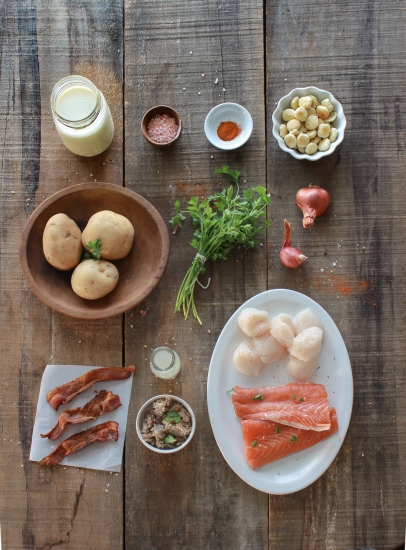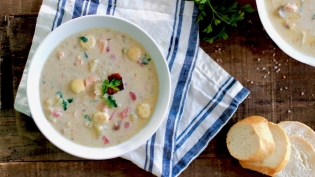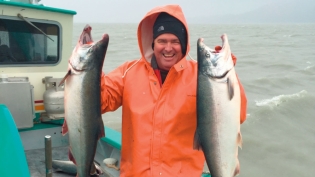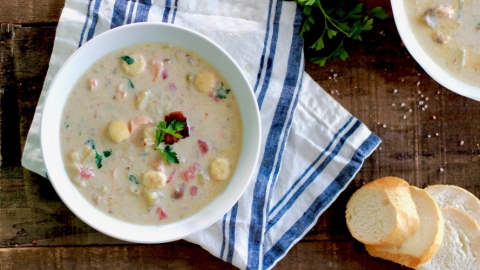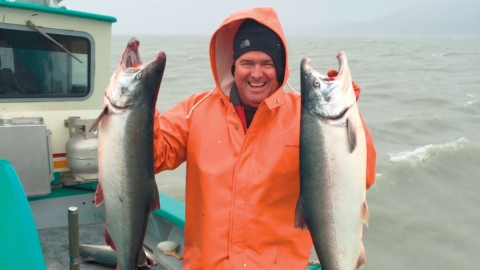Buying Wild Alaskan Seafood
The next best thing to getting wild salmon from Virgin Bay Seafood, is to get wild Alaskan seafood at a reputable seafood counter. Here are some tips for buying it.
1. Ask questions. At the fish counter, be sure to ask fishmongers what type of salmon it is, whether it was wild-caught or farm raised, and where it is from. If the salmon is from Alaska, you know it is wild - salmon farming is illegal in Alaska. Alaska is the only state whose Constitution explicitly mandates that all fish, including salmon, be maintained on the sustained yield principle and 90-95% of wild salmon harvested in the US comes from Alaska. Alaska Seafood has developed this detailed Guide to Wild Alaska Salmon that outlines the species to educate consumers so they know what to look for and ask for.
2. Enjoy fresh & frozen salmon during different times of the year. Frozen wild Alaska salmon is available year round, while fresh salmon is available seasonally. Choosing frozen wild Alaska salmon is a great way to ensure the product you’re buying is genuinely wild. Frozen wild salmon can either be found in sealed freezer bags in the seafood freezer, or thawed and labeled “previously frozen wild salmon” at the seafood counter. For information on when Alaska seafood species are available fresh, consumers can use this Seafood for All Seasons Guide from the Alaska Seafood Marketing Institute.
3. Be specific. If the fishmonger at the fish counter is able to tell you exactly where the fish came from and how it was caught, you are more likely to be getting something that is not mislabeled. Additional information on the label is also a good sign, such as if it lists the specific type of salmon, for example one of the five species of wild Alaska salmon (king, coho, sockeye, pink or keta) or if they are able to tell you the area where the salmon was harvested.
4. Look at the fish. Wild salmon is often deep red or orange due to salmons’ diets of crustaceans filled with carotenoids, a pigment found in plants, while farmed salmon may be duller in color or artificially colored pink to look like salmon. Wild salmon often has less visible white fat than farmed salmon, so there will be more visible white fat lines will be visible on a farmed salmon fillet.
5. Check the price. If the price seems too good to be true, then it probably is. Typically, wild salmon is more expensive than farmed except during the summer months, when salmon prices fall due to an abundance being caught during their “high season.” If prices seem too low during the winter monthly, this may be an indication that the fish was actually farmed.


